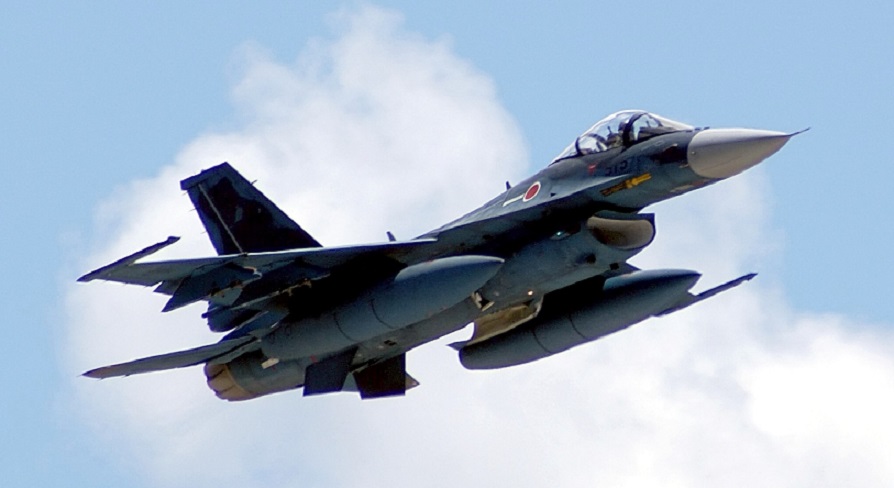This post is also available in:
 עברית (Hebrew)
עברית (Hebrew)
Japan has been known for its defense-oriented policy. However, Tokyo now plans to extend the range of its ASM-3 air-launched anti-ship missile in order to boost its deterrence. The Japanese Defense Ministry wants to develop a domestically-made long-range anti-ship missile, apparently in response to advanced, longer-range air-defense missiles now in service with the Chinese Navy.
The ministry is considering mounting the new missile on the successor model to the F-2 fighter jet, which is set to be retired from around 2035.
The new missile will be an improved model of the ASM-3 supersonic air-to-ship cruise missile. The aim is to deploy a standoff missile capable of attacking targets from outside the ranges of an opponent’s air-defense capabilities, according to japantimes.co.jp.
Defense Minister Takeshi Iwaya said: “We need to have long-range systems in order to respond to circumstances while ensuring the safety of Self-Defense Forces members.” The government included a policy to introduce long-range weapons in a new medium-term defense program adopted at a Cabinet meeting late last year.
Some critics consider the development of such standoff missiles problematic in terms of Japan’s exclusively defense-oriented policy, claiming that it may lead to the country’s acquisition of weapons that give the Self-Defense Forces the ability to attack enemy bases.
The ASM-3, which has an estimated top speed of Mach 3 and a maximum range of 200 km, was jointly developed by Mitsubishi Heavy Industries and the Japanese Ministry of Defence (MoD) as a successor to Japan’s Type 93 series of missiles.
The ministry aims to extend the range of the new missile to 400 kilometers or longer.
Although Iwaya did not mention any particular country, it is apparent that this move is to respond to China’s growing naval activity in the East China Sea, which includes the Senkaku/Diaoyu Islands in Okinawa Prefecture. The islands are controlled by Japan but also claimed by China, according to janes.com.


























